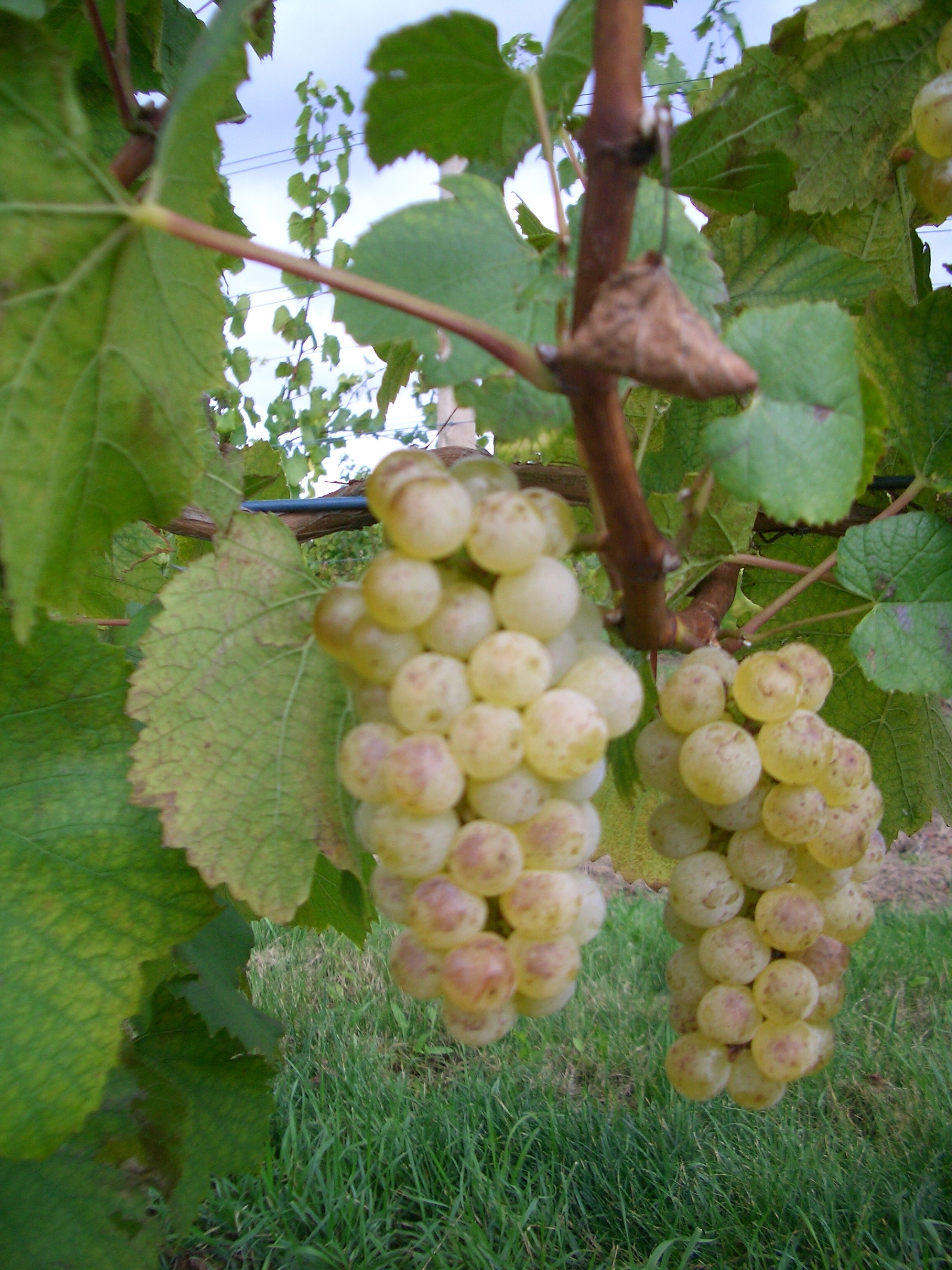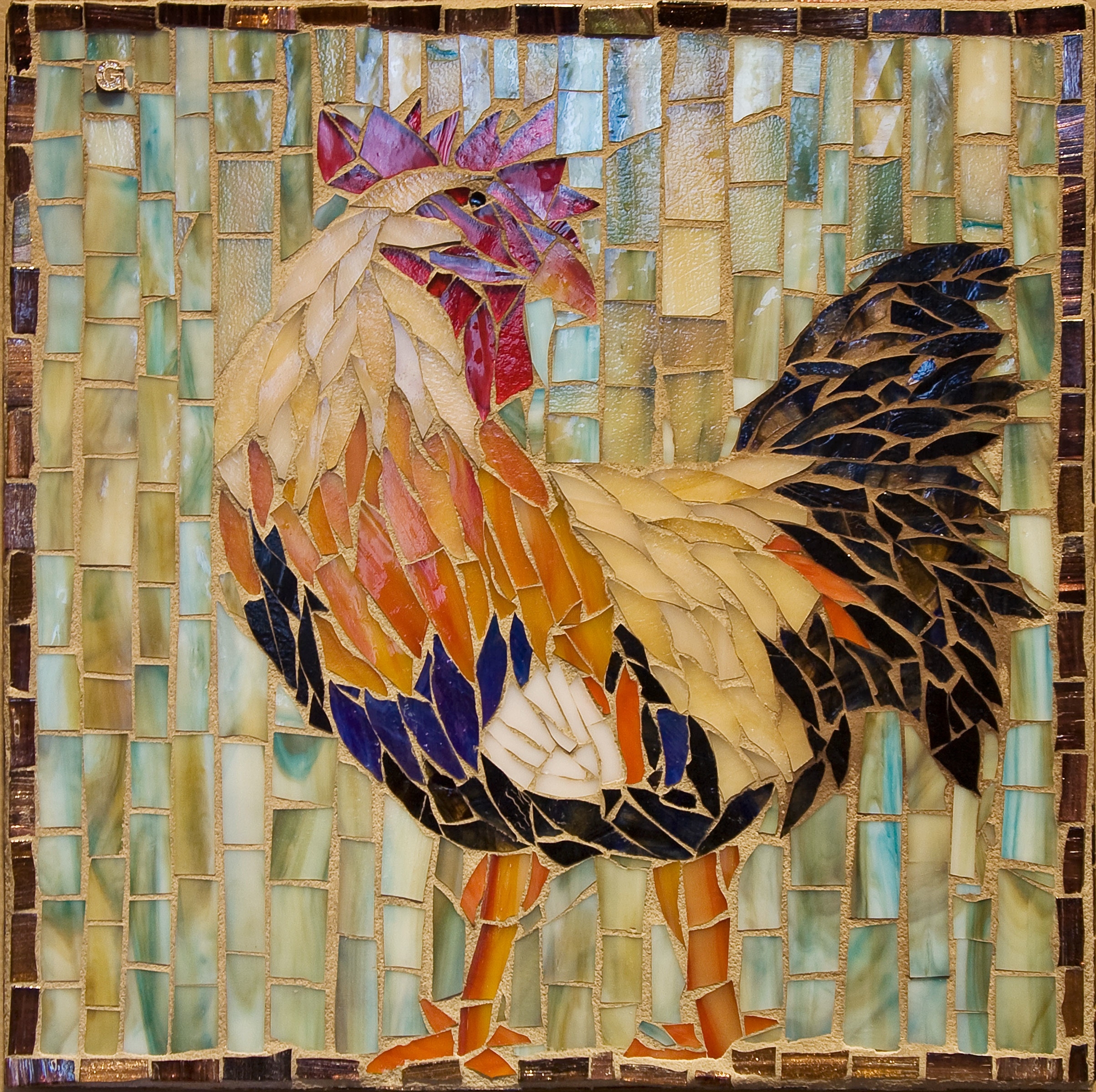 Photograph by Greta HurstThis is part two in our series of posts about small farmers and artisans in Michigan. Yesterday, we started with a bit of background on the state of small agriculture in Michigan and profiled a new business selling artisanal meats. Today we meet a couple learning the business of growing wine grapes. Check back later this week for the story of another southwest Michigan grower, and some thoughts about the future of small-scale ag in Michigan.
Photograph by Greta HurstThis is part two in our series of posts about small farmers and artisans in Michigan. Yesterday, we started with a bit of background on the state of small agriculture in Michigan and profiled a new business selling artisanal meats. Today we meet a couple learning the business of growing wine grapes. Check back later this week for the story of another southwest Michigan grower, and some thoughts about the future of small-scale ag in Michigan.
Starting From Scratch at Tabula Rasa Farm
Bill and Greta Hurst of Tabula Rasa Farm raise Chardonnay grapes. The acre of grapes—Bill and Greta’s transition into Michigan’s wine country—has been a learning experience. Moving from the city has been a long-term goal, downsized when taming their first 40-acre property proved overwhelming. Now on 10 acres they are learning grape growing, with all the issues of soil, drainage, ground level (higher is better when there is an early frost), pruning, and plant management to produce the best wine grapes. “Our first harvest in 2009 required three years’ growth and yielded 700 pounds of grapes. In 2010 we had 1.21 tons,” says Greta, smiling. Tabula Rasa contracts with a local winery whose quality standards limit growers to two tons per acre.
Greta grew up on a farm and was a caterer and paralegal in Los Angeles and Chicago. Bill, on the other hand, had “never even cut the grass,” working most recently as an information technology project manager. They share hands-on work in their 75’X35’ vegetable garden and oversee the outsourced work of maintaining the grapes. Both respect the knowledge it takes to be a successful farmer: math, science, machine repair, chemistry, geology, business, and more.
They are clear-eyed about farming’s challenges. “To grow up in an urban environment and expect to come out here and buy 50-100 acres of land and make a living carrying a mortgage isn’t realistic. I  Mosaic and photo by Greta Hurststruggle with that ... Unless you have a trust fund, how will you sustain yourself, buy the equipment, pay for the labor, buy the feed?” says Greta. Even feeding a family on three to five acres is hard work, always beholden to Mother Nature. They credit neighboring farmers for generously sharing knowledge, labor, and machinery.
Mosaic and photo by Greta Hurststruggle with that ... Unless you have a trust fund, how will you sustain yourself, buy the equipment, pay for the labor, buy the feed?” says Greta. Even feeding a family on three to five acres is hard work, always beholden to Mother Nature. They credit neighboring farmers for generously sharing knowledge, labor, and machinery.
The next step for the farm? Replace the chickens that Greta regrets giving away, and plant and sell a cash crop to become a bit more self-sustaining. Bill notes their success growing edamame, which they believe may have a niche in local farmers' markets. They will also continue to preserve the land from development and use their artistic endeavors to interpret their lifestyle and share with others. Greta, an accomplished mosaic artist, works in a remodeled chicken coop studio, drawing on what she sees around her for subject matter. Bill documents the area, its seasons, crops, and people with photography.
Their advice to people thinking about taking up farming? Pay attention to the land you buy; have it tested if possible to be sure it will support what you want to grow. Be realistic about your skills, financial considerations, and the work required. And Greta adds, “Do not ever be afraid to ask your neighbor for help. The people out here grow up knowing that sometimes you need help.”
Tabula Rasa Farm
Tabula Rasa Mosaics - gehurst@sbcglobal.net
Tabula Rasa Photography - wmhurst@sbcglobal.net
Baroda, MI
 Paula Bartholome combines part-time teaching at DePaul University’s School for New Learning and occasional work through her firm Parallax with a full-time love of all things food – growing, eating and promoting – in her Southwest Michigan hometown, New Buffalo. She blogs about living simply, eating well and walking softly on the earth at Garden-Table and occasionally about blooming where you are planted at BajiggityLife. Email her at gardentotableinfo@gmail.com.
Paula Bartholome combines part-time teaching at DePaul University’s School for New Learning and occasional work through her firm Parallax with a full-time love of all things food – growing, eating and promoting – in her Southwest Michigan hometown, New Buffalo. She blogs about living simply, eating well and walking softly on the earth at Garden-Table and occasionally about blooming where you are planted at BajiggityLife. Email her at gardentotableinfo@gmail.com.



